Recently I was out for a ride with a couple of people and we were discussing how best to pace a rolling bike course. The questions that came up were the following…
- Is it faster to ride a smooth power or ride climbs harder?
- If it’s faster to punch up climbs, how hard should I do this?
- If it’s faster to ride climbs harder, why is this the case?
The plan here is to take a look at some physics, then use myWindsock to answer the questions that we’ve asked…
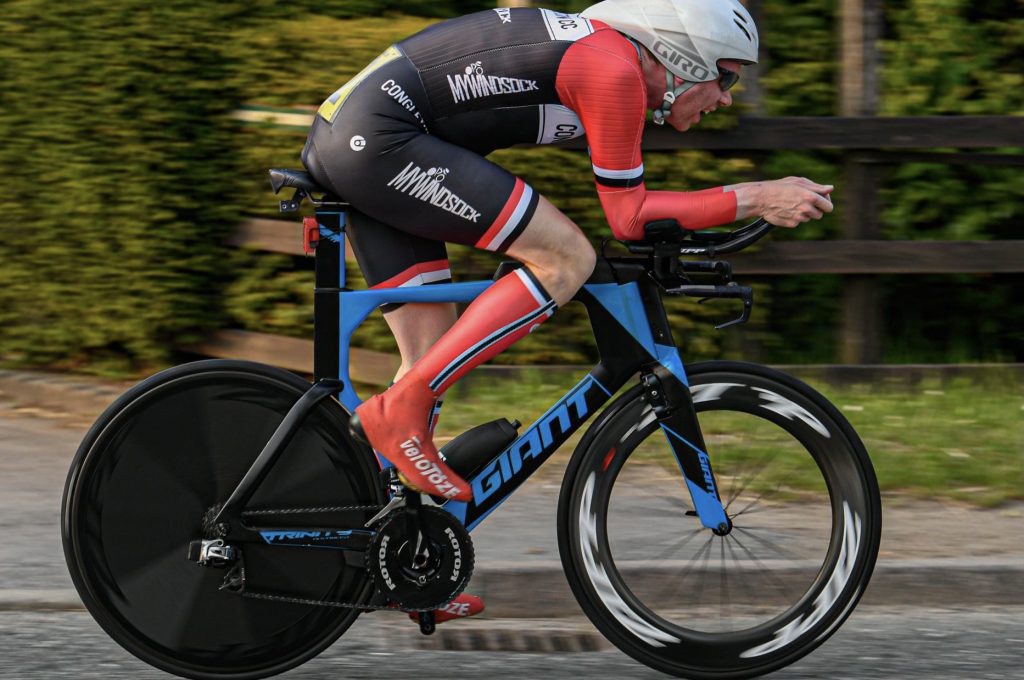
Aerodynamics and speed
As you ride a bicycle, you experience resistance from the air that opposes your forward motion. This resistance is called aerodynamic drag. When you move slowly, the drag is relatively low, and it doesn’t significantly impede your progress. However, as you go faster, the resistance from the air becomes more pronounced, and the aerodynamic drag increases.
Imagine sticking your hand out of the window while driving a car. At lower speeds, you’ll barely feel any resistance, but as you increase the speed, you’ll notice that your hand encounters more and more force from the air.
This relationship between aerodynamic drag and speed is not linear but rather exponential or quadratic. It means that when you double your speed, the aerodynamic drag doesn’t just double; it increases significantly more. This non-linear relationship is why it becomes much harder to maintain high speeds, especially on a bicycle, as you need to work against the increasing resistance from the air.
The non-linearity is what’s important here. It tells us that not all input power is created equally. Remembering that power is the ‘time derivative’ of energy – ie given a total energy budget, the power is the speed of energy expenditure. High powers deplete your energy reserves faster and low powers deplete them slower. Riding at 300W for 5 minutes is the same amount of mechanical work as riding at 600W for 2.5 minutes (of course, it probably uses less energy as humans tend to be less efficient at 600W).
So we have two concepts here – an energy budget for a given course and the idea that when you go twice as fast, the resistive forces increase 4 times as much. This should lead us to conclude that by going harder when the bike is moving slower, you spend less energy on your surroundings. The increase in speed for a given increase in power is greatest when speed is lowest.
We have our first answer then, it’s faster to ride the climbs harder as opposed to riding a smooth power.
How hard should I go?
This is the age-old pacing question. If you cook yourself on every single climb – you’ll likely run out of gas at some point during your race so you probably don’t want to do that, you don’t need a physics engine to tell you that riding every 5 minute climb in a 25 mile TT as hard as you can is not smart – the second climb will feel very hard. That said, go too gently on the climbs and you’re wasting watts in the wind on the descent. I think it’s time to run a myWindsock simulation and have a chat about power-duration curves…
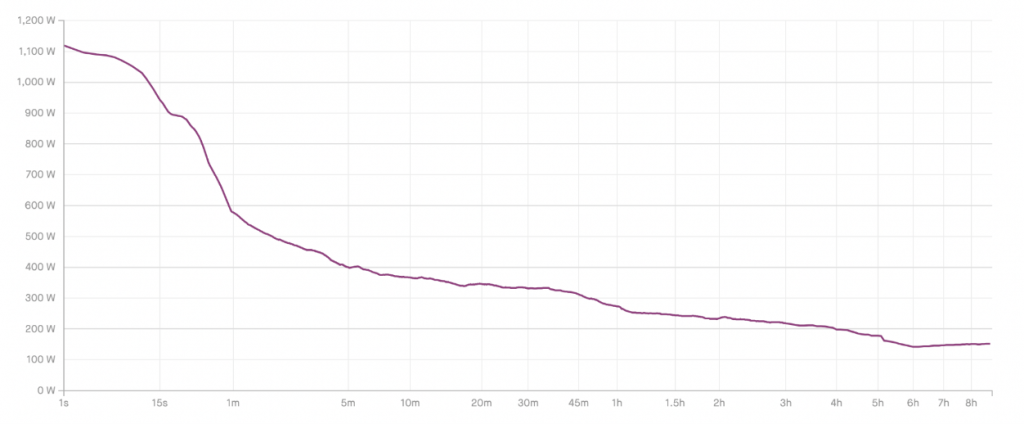
This is my 2023 power duration curve and it tells me my best efforts for this year, this is how I would judge the power that is sustainable on climbs. For example, imagine a 25 mile TT with 4 climbs that total 5 minutes in length along the course. The way I would do it, is check my duration curve and add up the lengths of the climbs. So in this race, the duration of climbs is 20 minutes (4 x 5 minutes) – thus I would pace the climbs at this power. There’s no science behind this method, but personally I find that this allows me to recover quickly enough on the descent to begin pushing on the flats.
Let’s go into how myWindsock can tell us which is faster…
Simulation time…

For this example I found a segment called “climb and descent” in France. Which, on the day of writing, happens to have a stonking tailwind.
Run 1: Even Split Pacing
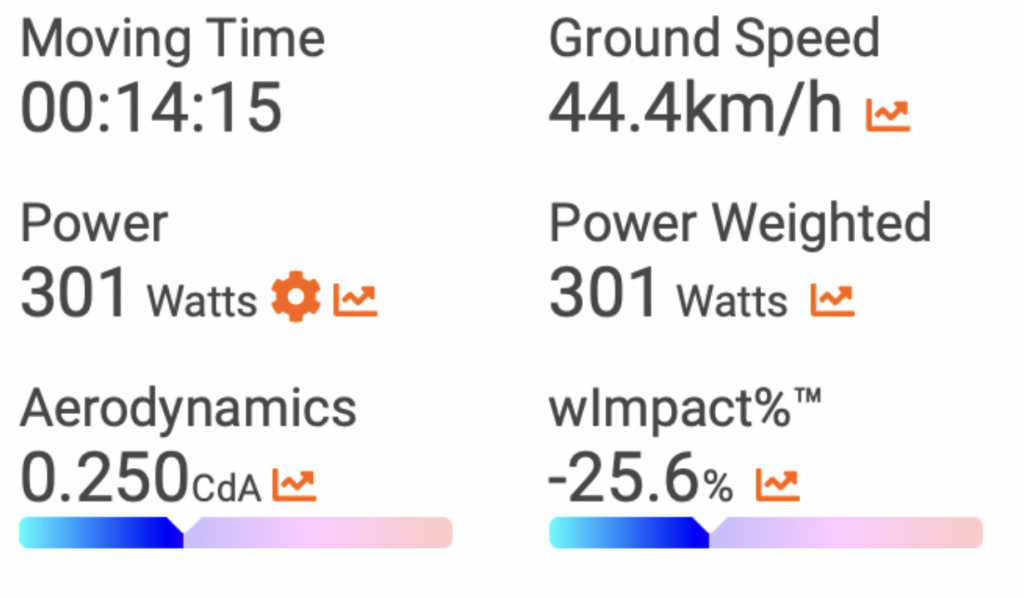
An insane pacing strategy – whack the climb and freewheel the descents
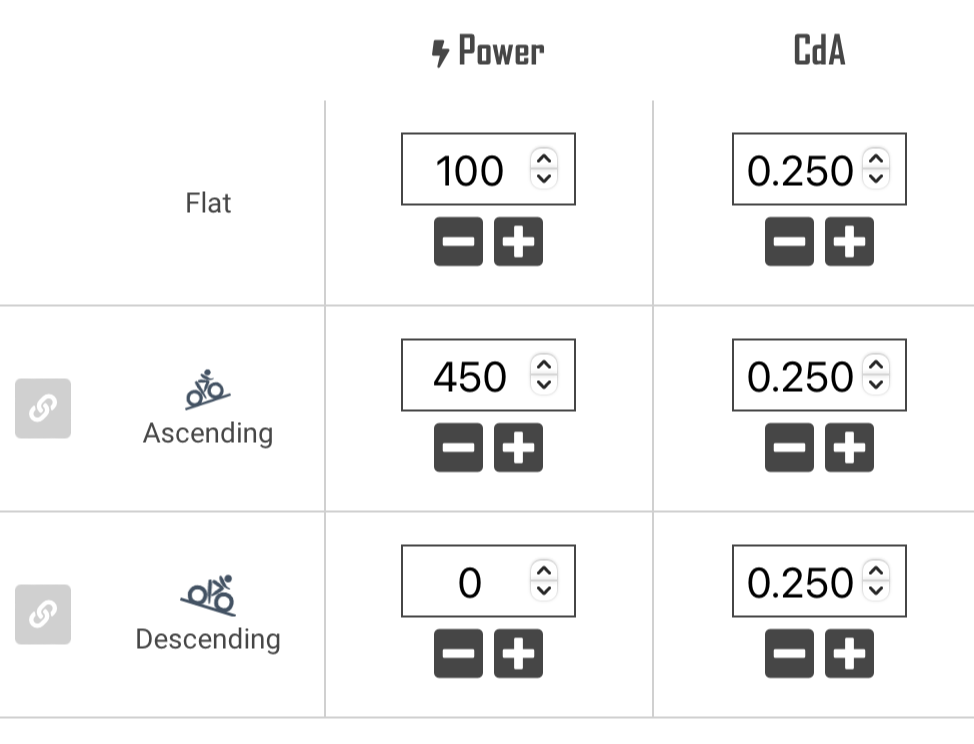
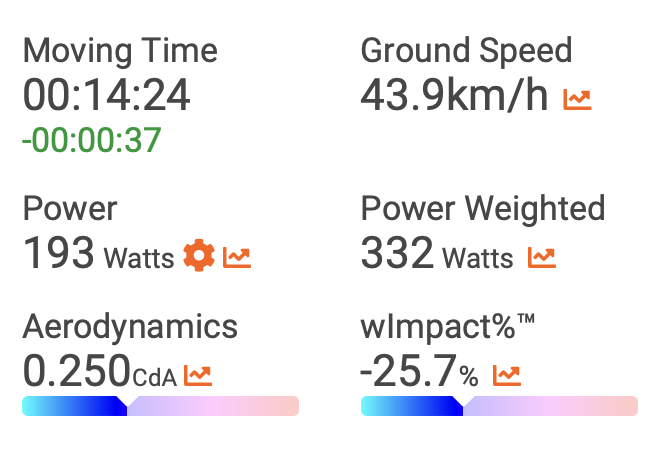
A more sensible pacing plan…
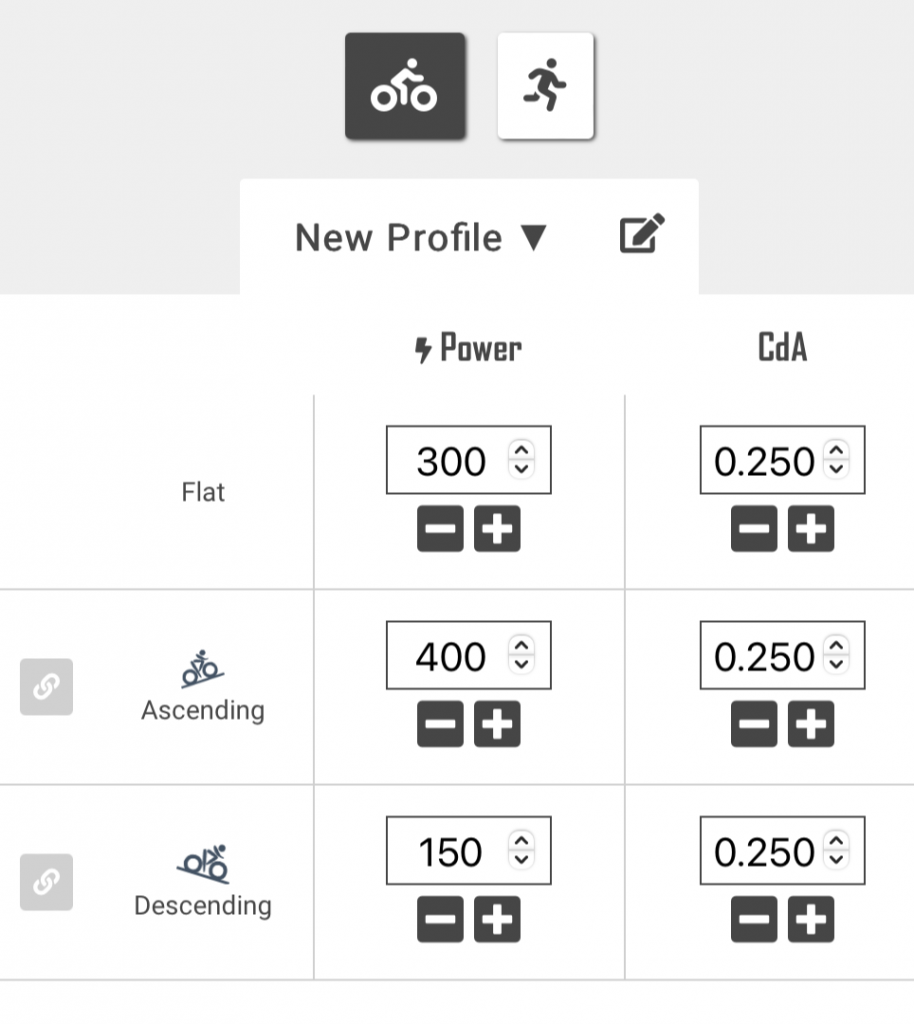
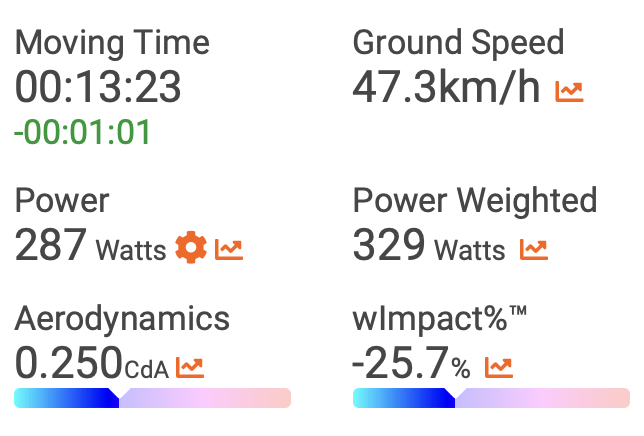
Using myWindsock to set some rules
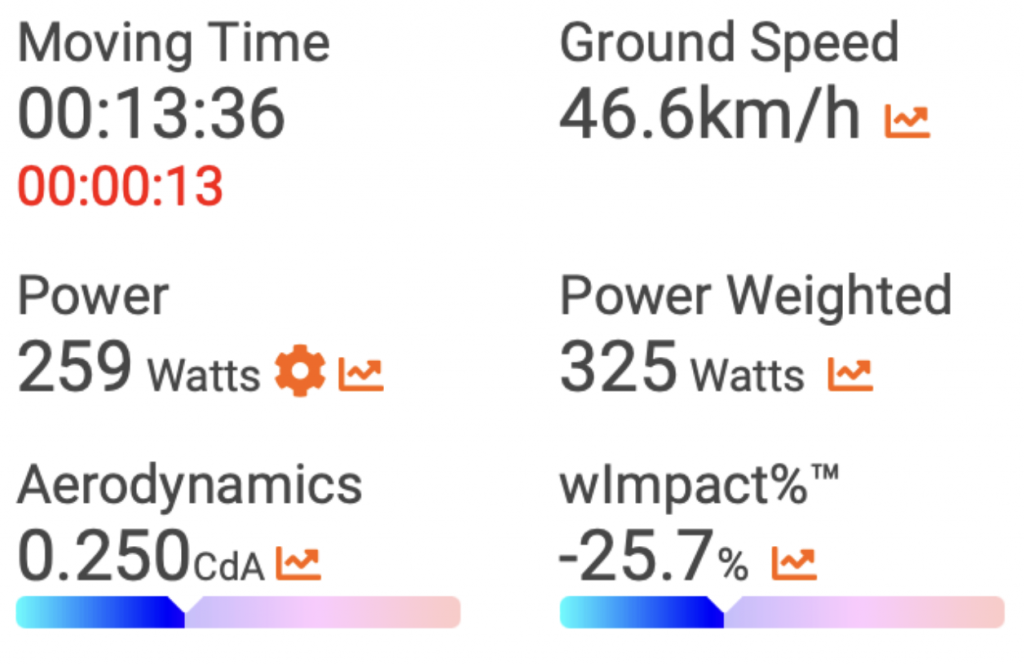

These personal rules are quite easy, can be programmed into a pacing file or just remembered. If I am going at some given speed, ride at some given power. Using myWindsock rules is an excellent, simple, means of setting a pacing strategy for a rolling course. By calculating your cda you can work out roughly how many watts you lose to air resistance at a given speed and once this is over a given number – which will depend on duration of the race – you should stop and freewheel.
myWindsock has a host of features to help you nail your next race – sign up here.




 UK Time Trial Events
UK Time Trial Events